The Fourth Most Bicycle Friendly State in America
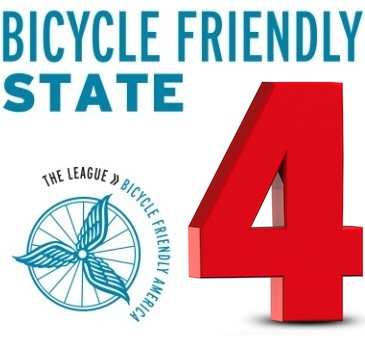

Watch out Washington, Minnesota and Wisconsin!
DOVER – May 2, 2014 – At yesterday’s Walkable Bikeable Delaware Summit, the president of the League of American Bicyclists (LAB) announced that Delaware had moved up in the Bicycle Friendly State rankings among all states to #4 in the U.S.
Along with the new ranking, LAB also issues Bicycle Friendly State “Report Cards” to all 50 states. The report cards explain a little about the point system for the Bicycle Friendly State ranking and the number of points that each state received. Much more importantly, the report cards provide feedback about how states can improve their friendliness to bicycles.
To achieve the goals Delaware’s report card identifies, participants in Thursday’s summit heard stories and practical advice from transportation professionals from two of the most bicycle friendly places in the United States.
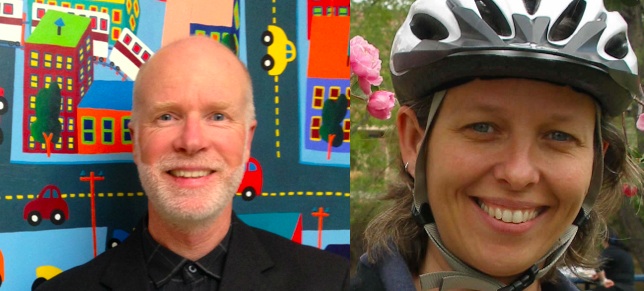
Robert Burchfield, Portland Bureau of Transportation and Marni Ratzel, Senior Transportation Planner with the City of Boulder, Colorado
Robert Burchfield, the City Traffic Engineer for the Portland Bureau of Transportation (PBOT), has worked for 28 years for the City of Portland. He manages the Traffic and Parking Operations as well as Active Transportation programs for PBOT. He spoke about Portland’s many years of work to make Portland the most bicycle-friendly large city in the United States.
Marni Ratzel is a Senior Planner with the City of Boulder’s GO Boulder Program and has worked for municipal governments in transportation planning for over 17 years. She explained how Boulder made cycling a mainstream part of its transportation system.

Governor Jack Markell, Senator Robert Venables and Representative Valerie Longhurst speaking at the 2014 Walkable Bikeable Delaware Summit.
Congratulations to Governor Markell, Senator Venables, Representative Longhurst and to the many, many, many others whose hard work and vision are making Delaware more friendly to cycling.
The 2014 Walkable Bikeable Delaware Summit was made possible by its incredible partners and sponsors:
• Delaware’s 2014 Bicycle Friendly State Report Card
• League of American Bicyclists: “What Does My State Ranking Mean?”
• 2014 Walkable Bikeable Delaware Summit
• Summit focuses on making First State more bicycle friendly (WDDE – Delaware Public Media)
• The most bicycle-friendly state east of the Mississippi River (2013)
• Neighborhood Greenways (Portland Bureau of Transportation)
• How Boulder Signs Its (Seamless) Bikeway Network
• Senate Concurrent Resolution #13
• Delaware General Assembly Votes $13.25 Million for Walking and Bicycling
• Longhurst and Colleagues Fought for Trail Network Funding

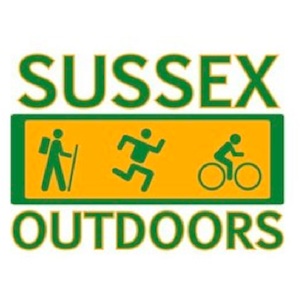
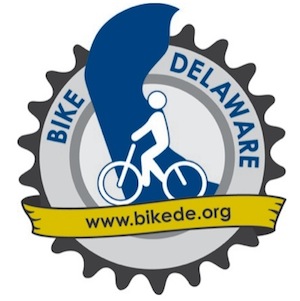
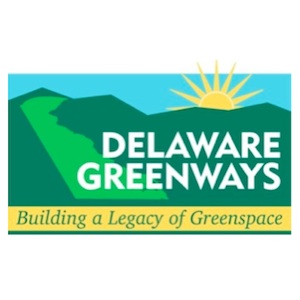
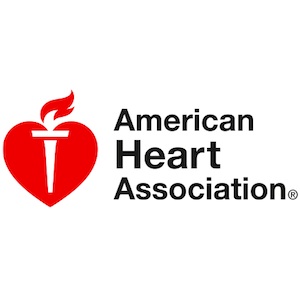
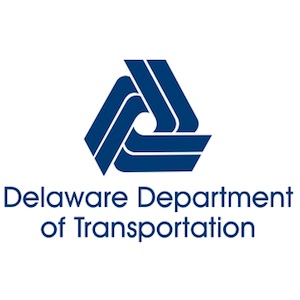
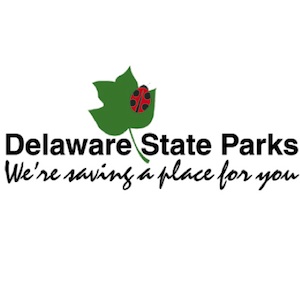

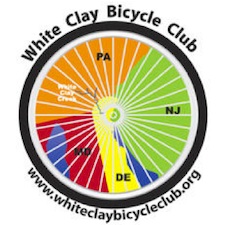


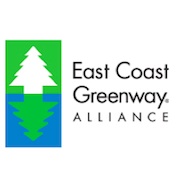


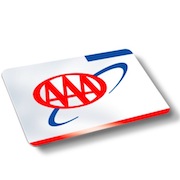

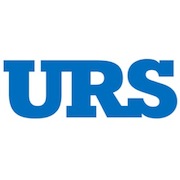





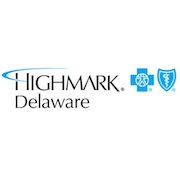
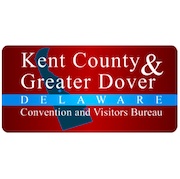

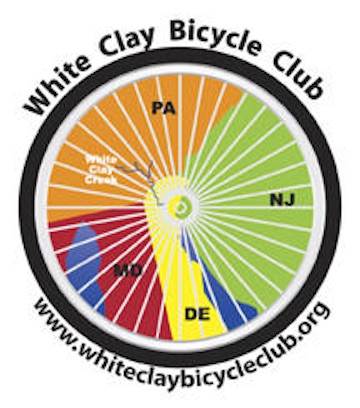
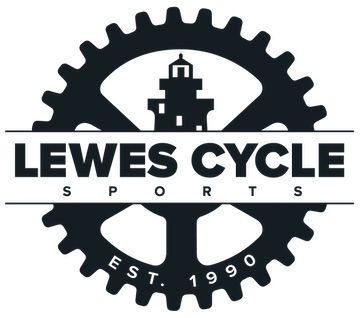


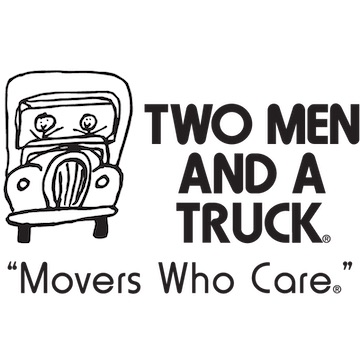


14 Responses
Upon reading this news I realize that the general state of ‘bicycle friendliness” in this country must be absolutely horrible. The competition for “Bike Friendly” must be an exercise in window dressing. I noticed that Delaware ranks high in policy, but this means nothing without follow through with action. Does the League of American Bicyclist actually check and see if the “policy” is making bicycle riding friendlier? Did they come to Sussex County? The whole county? Does the average rider or potential rider in Delaware REALLY feel like they are operating in a “friendly” environment? Is this “friendly” state of existence more than last year, or the year before that? I don’t think so; I, for one, certainly do not feel anything friendly when I am out and about on the bicycle. Most people (and I mean almost everyone) I talk to about the possibility of them riding anywhere on a bicycle gets me the “Are you crazy?” response.
“Bike Friendly” needs to address the everyday life of the average person, not some weekend trip (auto) to enjoy some recreation on a trail from nowhere to nowhere. There is a whole demographic of people who could be well served by some REAL bicycle friendliness. How many population centers are connected to employment areas by SAFE bicycle transportation options. How many population centers are connected to shopping district by SAFE bicycle transportation options? How many bike rakes have you seen at DART bus stops???? I have yet to see one. DelDot could really step up to the plate; we are talking about transportation.
I just don’t get it. 4th?? Really??
What you observe is correct, Timothy. DelDOT bike/ped policies and guidelines are routinely ignored. Requirements for bike lanes with new construction is routinely waived. Guidelines that require shoulders maintained through intersections – not blocking them with concrete islands – is toothless apparently. What bike parking they do install is usually a wheelbender grid rack, that you can’t even lock your frame to. Rumble strips are now being carved down our shoulders, well offset from the white line, leaving little or no safe space to ride between them and common debris. It takes years and huge sums of funding to perform studies and collect data to approve a simple modification to right turn lane taper lines that will safely channel bikes into the safest position. We rarely do well signed or signalized crosswalks to increase pathway safety, like they do in Mass which happens to rank among the lowest in bike/ped fatality rates. Yes, we have barely made a dent in safety, especially for roads.
I think it’s important to note, though, that we are 4th out of 50. Doesn’t mean we’re great or anything. All 50 could be horrible but they still have a ranking.
Yeah, we’re 4th. But that does NOT mean everything is great. We’ve got decades of work in front of us to make Delaware *really* bicycle friendly. The important part of the Report Card is not so much what we’ve done but the other part: what we’ve got to do next. We’ve got our work cut out for us to make cycling a mainstream part of Delaware’s transportation system. It’s going to take sustained commitment from a lot of people to get us there.
We do have our work cut out for us. And what’s missing is more input and influence from folks who “walk the walk”. We really, really need more input from the folks who are already out there riding. They are the ones who understand the conditions. Policy is too often made by people who don’t “walk the walk”. So yes, we need sustained commitment from a lot of people to get us there, including everyday cyclists. If you are an everyday cyclist who uses your bike for transportation, raise your voice. Let DelDOT and the powers that be know what we need.
There are very good policies in place, but I agree that they are often ignored. I sometimes feel quite bitter about it. Particularly in light of the fact that the core of these good policies has existed for so long. But I would like to say that I do have very positive experiences out on the road, and this shows another aspect of the great potential which Amy talks about.
Sure, there are still the drivers who treat me and my riding companions poorly. But in the last five years, I have experienced an increasing proportion of positive experiences interacting with motorists, some of them extremely positive. Just the other day on a curvy hilly road, my wife and I cooperated to control the lane right in front of a driver who started to pass us. We took positions 1/3 and 2/3 in the land and stopped the driver from passing us by using hand signals. Then very soon after that when it was safe to pass, we pulled in and let the driver pass, and he thanked us. If I had infinitely good memory I could cite page after page of examples. They are marked by mutual respect and consideration and this good side of people is often brought out, I feel, when we riders show a conspicuous sign of our respect such as coming to a full stop at a stop sign and demonstrating our knowledge of the rules about who has the right of way.
Frank, a good example is the “new improved” intersection in Seaford that is now under construction It is like an example of what NOT to do. Pork chops, disappearing bike lanes, turn traffic crossing bike lanes, sidewalks that connect to nothing on either end. The list goes on. This is heavily used intersection since we have allowed a major shopping area to build with no connections to population except VIA auto. There is large contingent of people, within walking distance, that could benefit from a good, non-auto way to get there. (Not that I approve of or patronize Walmart but others do). More than once I have had the pleasure to watch wheelchairs negotiate this intersection. That takes real guts. Horrible design.
A preacher once told me that “A tree is known by the fruit it bares”.
http://www.deldot.gov/information/projects/us13_seaford/pdfs/US13_Tharp_Road.pdf.
LAB rankings are, I think, much more of a guide than they are quotable fact. They offer feedback, which we as a state are welcome to agree or disagree with. Fourth does seem high to me, and probably reflects the fact that right now we look better on paper than we are in reality. As pointed out, we still have tons of enforcement work to do, and the improvement so far has been very piecemeal. In the last couple years, I think we have made progress in the area of trails and recreation, but less progress in the area of commuting, roads and transportation. Depending on your perspective and your reasons for riding, you might see a lot of progress or not much at all. That being said, I think it helps to focus on the positive. Education for police officers is a huge piece for road riders (thanks to the Delaware Bicycle Council for pushing this through!) and the Wilmington-New Castle Industrial Track will, when completed, bridge a huge gap that is difficult to navigate by roads (thanks to a lot of different key players in state agencies, as well as lobbying efforts of Bike DE, for pushing this along). And Tim, I know it’s not much, but they have started installing bicycle racks at the bus stops in Wilmington, and they aren’t even wheel bender racks! I just saw one at the stop on Washington Street near Christiana Care the other day.
Finally, I’d point out that LAB rankings don’t necessarily reflect the experience of riding in a state at all. They reflect the statewide efforts being made. Municipal efforts, if I am correct, do not count towards bike friendly state rankings. My favorite example is Montana. It ranks 49, and it deserves that spot for how much effort the state makes on behalf of bicycling (none that I observed in the two years I lived there except a weakly funded Safe Routes To School program). However, most of the major municipalities make huge efforts and I know that at least Bozeman and Missoula are ranked as Bicycle Friendly Communities. Adventure Cycling is based out of Missoula, and local bicycle clubs and a strong outdoor culture foster more riding than you might otherwise expect. In between the cities, there is a whole bunch of nothingness so there honestly isn’t as much need for the state to do anything. You can bicycle on almost any road you want to (just watch out for mud! many roads aren’t paved) because it’s empty and beautiful. Anyone who lives in Montana knows that bicycling there is a dream. Doesn’t mean that they deserve a high ranking. I think it can be said in reverse for some states, as well. There are many ways to attain bicycle friendliness. We are all dealing with very diverse challenges and starting points, so some of states are going to have to work a lot harder to be bike friendly.
Just to clarify what I was trying to say here: you can either interpret “Bicycle Friendly State” to mean that it is a friendly place to bicycle, or you can interpret it to mean that the state, as an entity (i.e. state government and state bicycling organizations or lack thereof), is friendly towards bicycling. The state can be friendly towards bicycling, but if the starting context is less friendly towards biking than in a place such as Montana, the end result might be one that is still less “friendly” to ride in. I think we can all agree that in recent years the state, as an entity, has been very friendly towards bicycling in the context of trails and recreation and that deserves note. Going forward, we definitely need to get more friendly towards road riding before we will be able to build the strong, varied networks that are necessary to be truly bicycle friendly, particularly from the stand point of replacing car trips with bicycle trips.
that they will work on bike stuff, the usually conenct up the routes which is great, but come on! There were like two sentences. What about improving infrastructure for cyclists (bike lanes, MUPs, specific bike route, promoting cycling as an option and providing education about bicycling to ALL users. I’ll be responding.
Timothy, I understand where you are coming from. We need much more parking, we need facilities on our roads that everyday cyclists can use without racking up their bike for a drive to a trail. We need to maintain our sidepaths and MUPs. But if you haven’t already made your voice heard in a number of places, please do. Please don’t just post on this website. To get where we need to go and make our state bike friendly, people who bicycle need to contact DelDOT on a regular basis to let them know what we need. Although we have some strong advocates within DelDOT who care about cyclists and some who bike themselves, policy is often made by those who don’t bike outside of the occasional recreational trail ride, and don’t understand our needs. Let them know. We need to stop allowing people who don’t “walk the walk” to make the decisions for us and to dictate to us how we’ll live our lives. Use “report a road condition”, write e-mails, write into the local newspaper including “Fix it” in the News Journal. Squawk away. Remember, the squeaky wheel gets the grease. Delaware has some real potential. I hope we can live up to it.
And please join (or renew) your membership in Bike Delaware!!
http://www.bikede.org/join-bike-delaware/
This is really, really important. Because our greatest strength as advocates for cycling comes when we are united and can deliver a unified, sophisticated and clear policy “ask” to critical decision makers.
But seriously, people also need to speak up for themselves and not trust others to deliver their message. If they see a problem, let DelDOT know. That’s democracy. And that’s our greatest strength. True citizen participation. It’s fine to have representation, that’s one aspect, one major piece of the puzzle. But as we all well know if we know anything about history, the message that’s delivered isn’t always the best or truest message. And even if it’s a good message, it usually isn’t complete. So speak up, everybody. Don’t sit back and let others do the work, or your concerns won’t be fully heard. And the day to day concerns need to be heard just as much as the grand visions.
There are very good policies in place, but I agree that they are often ignored. I sometimes feel quite bitter about it. Particularly in light of the fact that the core of these good policies has existed for so long. But I would like to say that I do have very positive experiences out on the road, and this shows another aspect of the great potential which Amy talks about.
Sure, there are still the drivers who treat me and my riding companions poorly. But in the last five years, I have experienced an increasing proportion of positive experiences interacting with motorists, some of them extremely positive. Just the other day on a curvy hilly road, my wife and I cooperated to control the lane right in front of a driver who started to pass us. We took positions 1/3 and 2/3 in the land and stopped the driver from passing us by using hand signals. Then very soon after that when it was safe to pass, we pulled in and let the driver pass, and he thanked us. If I had infinitely good memory I could cite page after page of examples. They are marked by mutual respect and consideration and this good side of people is often brought out, I feel, when we riders show a conspicuous sign of our respect such as coming to a full stop at a stop sign and demonstrating our knowledge of the rules about who has the right of way.
I apologize for posting the same comment twice, but my first post was awkwardly placed.
Greetings from Colorado! I’m bored to tears at work so I decided to
check out your website on my iphone during lunch break.
I enjoy the info you present here and can’t wait to take a look
when I get home. I’m shocked at how fast your blog loaded on my mobile ..
I’m not even using WIFI, just 3G .. Anyways, very good blog!